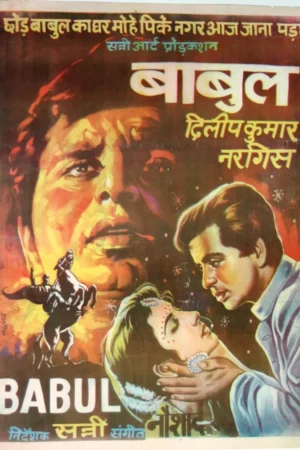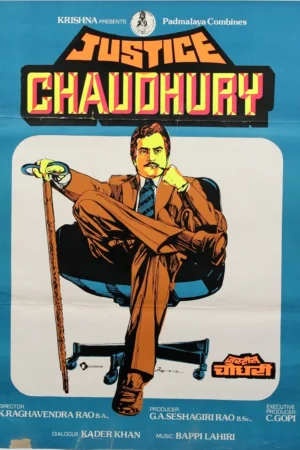
Description
Description
The development of Mughal-e-Azam began in 1944, when Asif read a play set in the reign of Emperor Akbar (1556–1605). Production was plagued by delays and financial uncertainty. Before its principal photography began in the early 1950s, the project had lost a financier and undergone a complete change of cast. Mughal-e-Azam cost more to produce than any previous Indian motion picture; the budget for a single song sequence exceeded that typical for an entire film of the period. The soundtrack, inspired by Indian classical and folk music, comprises 12 songs voiced by playback singer Lata Mangeshkar along with Mohammed Rafi, Shamshad Begum and classical singer Bade Ghulam Ali Khan, and is often cited among the finest in Bollywood cinematic history.
Mughal-e-Azam had the widest release of any Indian film up to that time, and patrons often queued all day for tickets. Released on 5 August 1960, it broke box office records in India and became the highest-grossing Indian film of all time, a distinction it held for 15 years. The accolades awarded to the film include one National Film Award and three Filmfare Awards at the 8th Filmfare Awards. Mughal-e-Azam was the first black-and-white Hindi film to be digitally coloured, and the first in any language to be given a theatrical re-release. The colour version, released in November 2004, was also a commercial success.
About Memorabilia
| Directed by | K. Asif |
|---|---|
| Produced by | Shapoorji Pallonji |
| Written by | Aman Kamal Amrohi K. Asif Wajahat Mirza Ehsan Rizvi |
| Based on | Anārkalī by Imtiaz Ali Taj |
| Starring | Prithviraj Kapoor Madhubala Durga Khote Dilip Kumar |
| Music by | Naushad |
| Cinematography | R. D. Mathur |
| Edited by | Dharamvir |
|
Production
company |
Sterling Investment Corporation
|
|
Release date
|
|




